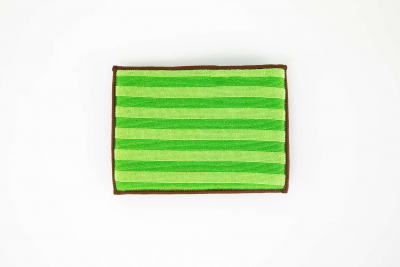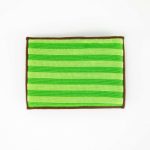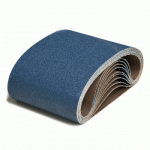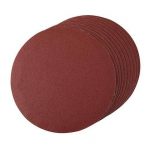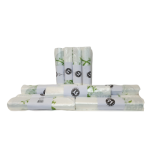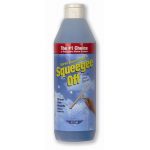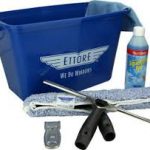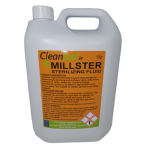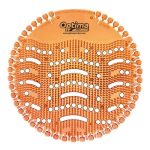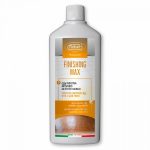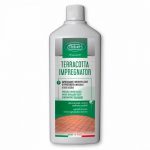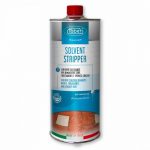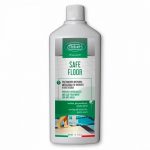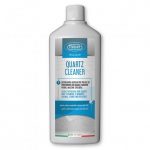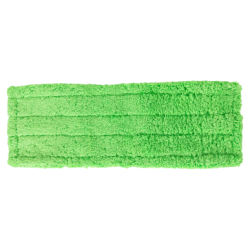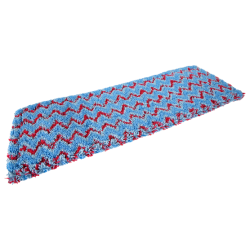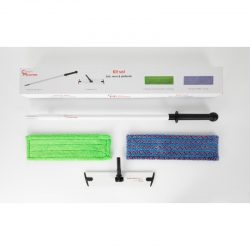Using The Power Of Microfibre For Your Cleaning Needs
Using The Power Of Microfibre For Your Cleaning Needs
Wondering why there is so much fuss around microfibre cloths? Why are cleaning companies using it, and why does your neighbour swear by it? What’s behind the surging demand for the products, and will it matter for your individual needs? Here, we will go through what microfibre is and how it impacts the cleaning process.
Tiny Fibres That Pack A Punch
A single microfibre is really, really thin. The actual definition is a fibre that measures 1 denier or less. So, what’s a denier? This is a liner measurement of fineness where 9000m of the fibre weighs just one gram. Look at it this way: microfibre is 0.05% the diameter of a strand of silk, and even 0.01% the diameter of human hair. The microfibres are so small that just one square inch of the average microfibre cloth can have 200,000 single fibres.
Therein lies the key to its cleaning power. Let’s delve into this further:
Magnetic-like effect
The microfibres are positively charged – a feature that is further enhanced due to the split nature of the fibres themselves. On the other hand, the dirt and dust particles that are on the surfaces are negatively charged. Thus, when the microfibre cloth is passed over the area being worked on, it attracts the particles, lifting them from the surface. This is also why microfibre dusters are popular, since they carry out the task much more effectively compared to the alternative cotton cloths. When you’re done dusting, simply rinse it to release the particles that are in it again, and you can even proceed to use it wet. Speaking of which, wet microfibre cloths are handy for smudges, dirt and grease spots. After wetting the cloth, wring it out to leave more room to hold in the grime. This brings us to the next point.
Absorbency
The microfibre cloths can hold in lots of substances. For instance, it can soak in liquids that are even seven times its own weight, depending on the quality of the particular cloth. The high absorbency is due to the increased surface area and spaces between the individual microfibres, allowing them to hold in much more material compared to the conventional cotton cloths. This enables you to work on much more surface with each single cloth that you’re using.
Here’s a handy tip: fold the microfibre cloth that you’re using to wipe the surface. That way, you get to switch over to the clean side as you proceed to work on the area.
Streak-free cleaning
When working with microfibre towels and cloths, you won’t have to worry about issues like linting. Cases like the bits of residue that are left behind on glass surfaces when dealing with paper towels are also avoided. Whether you’re using all-purpose microfibre cloths for working on the windows, or using specialised microfibre glass cloths that are extra soft for that sparkling result, you will be in a position to take effective care of these delicate surfaces.
No more fluffing
It would be frustrating to keep on getting fluff on your favourite dishes, worktops and surfaces. This is a common problem with conventional cloths, but you won’t have to worry about that when using microfibre units.
Different Uses Of Microfibre
Microfibre can be used in a wide range of applications. Take the automotive industry for instance. The high absorbency of the material makes it ideal for car washes, including the detailing process. It doesn’t scratch the paint, and there won’t be lint, making it suitable for drying and polishing the cars. In health care, it is incorporated into the cleaning process to aid in removing pathogens from surfaces and prevent cross contamination.
Applications extend to day care and nursery facilities where there are lots of kids running around and making messes – requiring one to have convenient cleaning tools that can clear them up quickly and prevent germs from being spread, janitorial tasks in commercial facilities where there is an emphasis on fast cleaning and minimising resource usage – where the reduced need for water or chemicals makes microfibre the preferred material, all through to home cleaning tasks.
Whether you’re wiping up spills, dusting surfaces, polishing cabinets or you simply want to get rid of the microbes that are crawling around on the kitchen countertops, you can use microfibre to work on the surfaces with ease. Mopping floors, dry-dusting picture frames and giving your mirrors a streak-free clean – microfibre does it all.
You simply need to ensure that you get the right product for the task, from the towels and cloths, to the microfibre dusters and mop pads.
Extra Tips When Using Microfibre
When laundering your microfibre mop heads, cloths or towels, there are two products that should be avoided: fabric softener and bleach. Fabric softeners form a film on the microfibres, eliminating that “static cling” that is needed for the cloth to lift dirt particles off the surface. In case you have accidentally washed the microfibre with fabric softener, no need to go into panic mode. The situation is still reversible. Simply rewash the microfibre item and it’ll be good to go. Bleach, on the other hand, will permanently damage the fibres, and depending on the extent of this you may need to replace the unit.
You don’t have to use loads of detergents when washing the microfibre. A small amount will do. The microfibres will release the soiling that is held within the material. Using loads of detergent will simply be wasting the product – and it may even cause the cloths, towels or microfibre mopheads being washed to be loaded with residue that remains after it has dried. Here, more is not necessarily better.
You can take the microfibre items through a drying cycle – but you should use a LOW setting. Air drying them also works, which will happen fast. In addition, should you choose to go the machine-drying route, do not mix the microfibre with other towels, rags, or clothing items that can lint. This is because the microfibre will yank the lint off the material and trap it within its own structure, negatively affecting its effectiveness.
Using The Power Of Microfibre For Your Cleaning Needs
